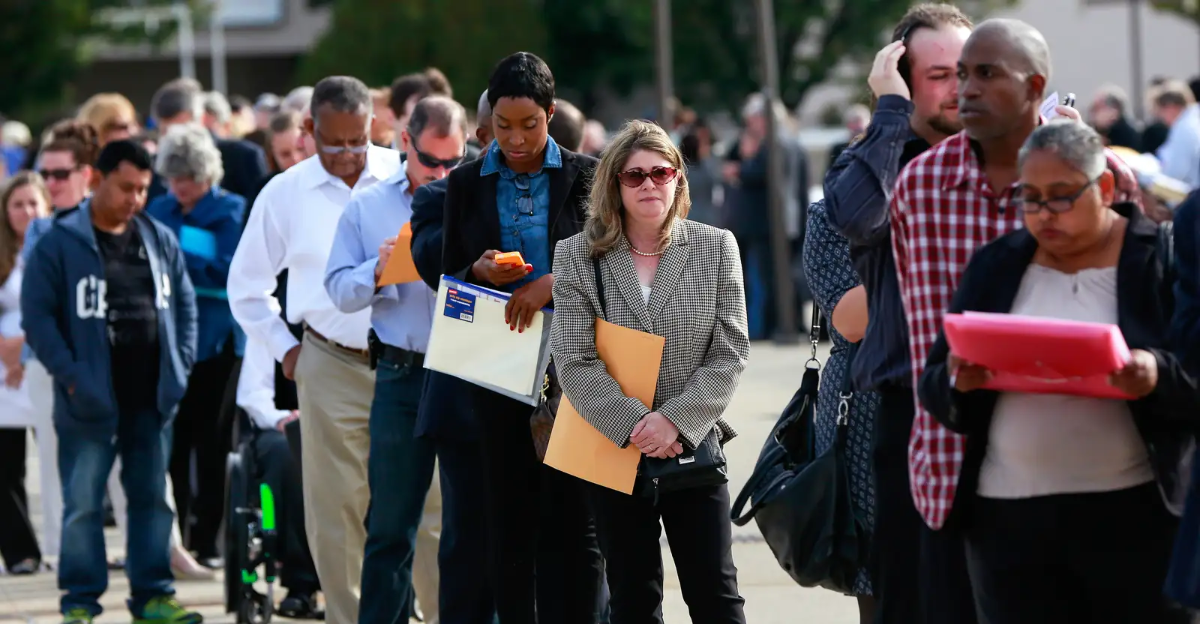
The warning didn’t come from an economist, a journalist, or a politician. It came from the CEO of a tech company—one who has a front-row seat to how quickly artificial intelligence is progressing.
AI isn’t just altering the way we work, Klarna CEO Sebastian Siemiatkowski said. It has the potential to turn the economy on its head altogether.
Whereas some greet the advent of AI as the dawn of a golden era, others regard it as the countdown to a great economic collapse. So, what is actually happening in the background?
The technical guru with the warning

Sebastian Siemiatkowski is the chief executive of Klarna, the buy-now-pay-later giant. He’s no doomsday prophet. But he’s warning us—and he’s not the only one.
On a recent podcast, with a surprising calm, he dropped a bombshell: AI might trigger a recession in America. It’s not conjecture.
Klarna is already part of the trend. Layoffs, automation, and a fundamental reshaping of white-collar labor are in progress.
The Calm Before the (Job) Storm
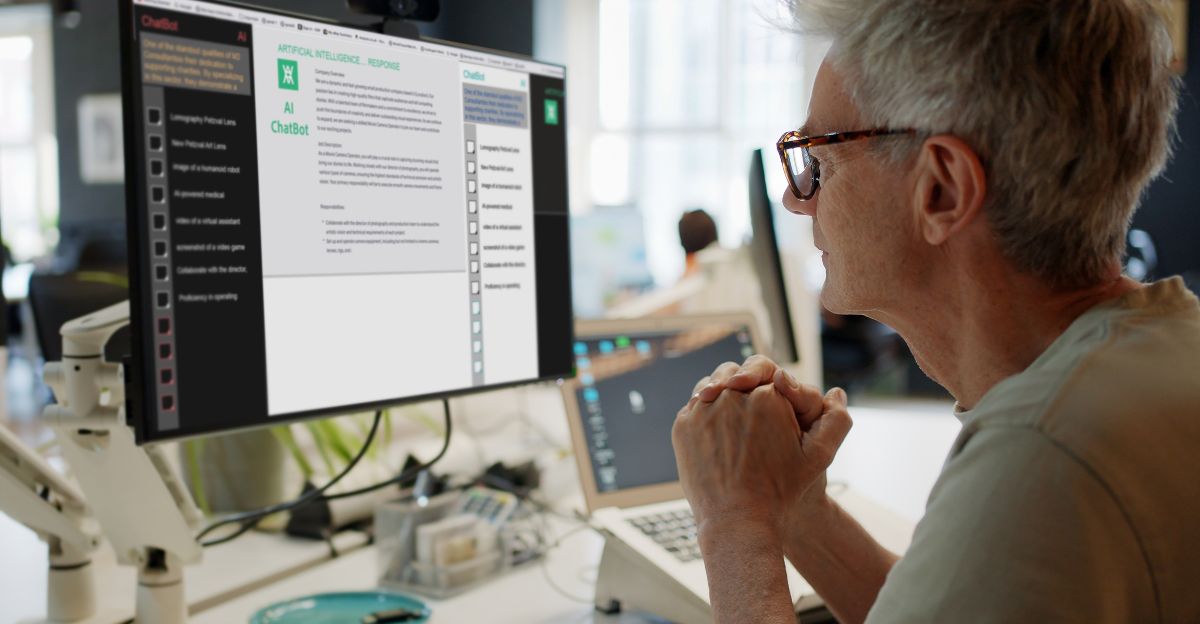
AI is everywhere. Your email assistant, your bank’s chat customer service, it’s replacing people quietly. Companies are making promises of quicker response times and greater efficiency.
But behind that flashy facade is a growing wave of layoffs. As companies invest in tech, they slash people.
And fewer people working means fewer people spending. Less spending? That’s recession red flag number one.
Inside Klarna’s AI Overhaul

Within two years, Klarna cut approximately 2,500 jobs. No drama. No scandal. Just “efficiency.” In 2024, they introduced an OpenAI-powered chatbot that took on the work of 700 full-time customer service agents.
It never blinked, never called in sick—and didn’t require a salary. The company ceased hiring. The message couldn’t be clearer: AI wasn’t helping. It was a replacement.
The Human Cost of Progress
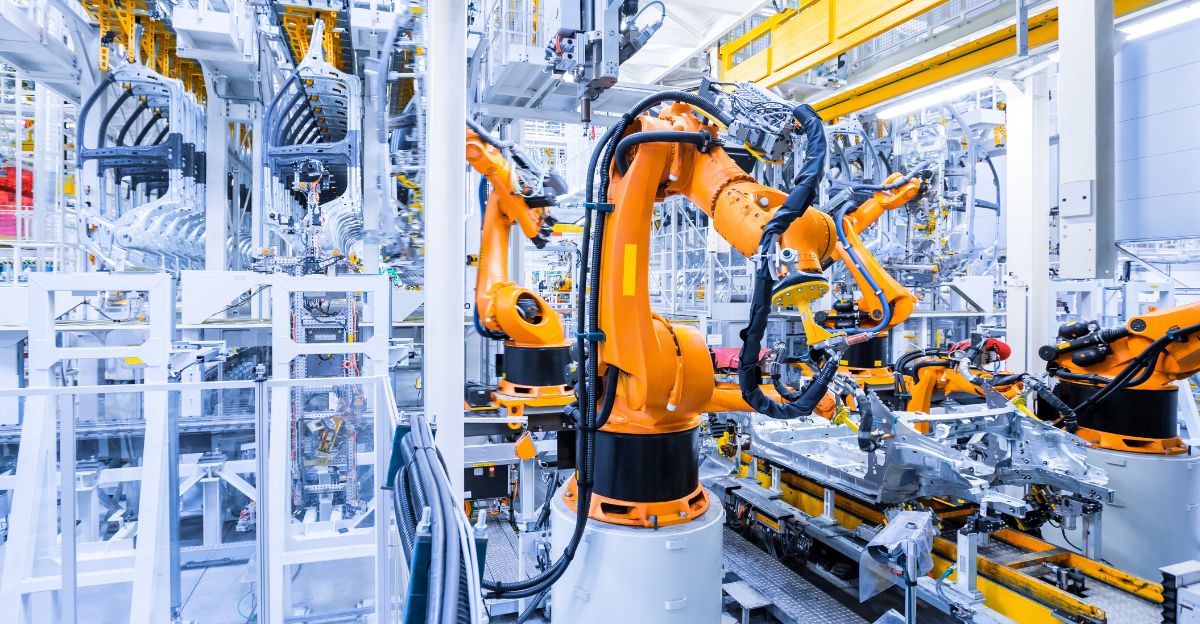
When AI replaces jobs, it does more than disrupt a department—it disrupts communities. White-collar professionals, once thought “safe,” are vanishing.
And not only in tech. Law firms, ad agencies, finance departments—all are beginning to rely heavily on automation.
Productivity may soar through the roof, but payroll shrinks. And when it does, it creates a ripple effect throughout the economy.
What Happens When Millions Stop Spending?

A healthy economy relies on people buying things—coffee, clothes, phones, flights. But if tens of thousands (or even millions) lose their jobs, spending stalls. That’s where the danger lies.
AI might help companies save costs, but if it results in mass unemployment, the broader economy begins to contract. That’s the core of Siemiatkowski’s warning. It’s not about the tech—it’s about timing and scale.
Enter the Domino Effect

When consumers slash spending, retailers make less revenue. When retailers make less, they lay off more people. It’s a vicious circle. Even Klarna is not immune. Their recent earnings report featured a 17% increase in credit losses as consumers retrenched.
Buy-now-pay-later platforms like Klarna live and die by discretionary spending. If consumers can’t afford “wants,” they don’t borrow to pay for them. And the whole model suffers.
The Data Doesn’t Lie

Klarna’s $136 million in Q1 2025 credit losses aren’t a one-off aberration—they’re a symptom. Consumers are tightening their belts.
Inflation, AI-driven job insecurity, and increasing debt are causing more people to default on payments. The irony?
AI was meant to drive growth, not strangle it. But if tech replaces too many jobs too fast, it may just become the very thing that derails the economy.
Other CEOs Are Nervous Too

Siemiatkowski is not alone in his concern. Anthropic CEO Dario Amodei expressed the same concern, saying that up to 50% of white-collar workers will be out of a job by 2030.
That is not a distant future—it’s just five years from now. He’s predicting a rise in unemployment rates to 10–20%. Even if he is only half right, it would still shake the economic foundations of America.
But Google Says: Don’t Panic
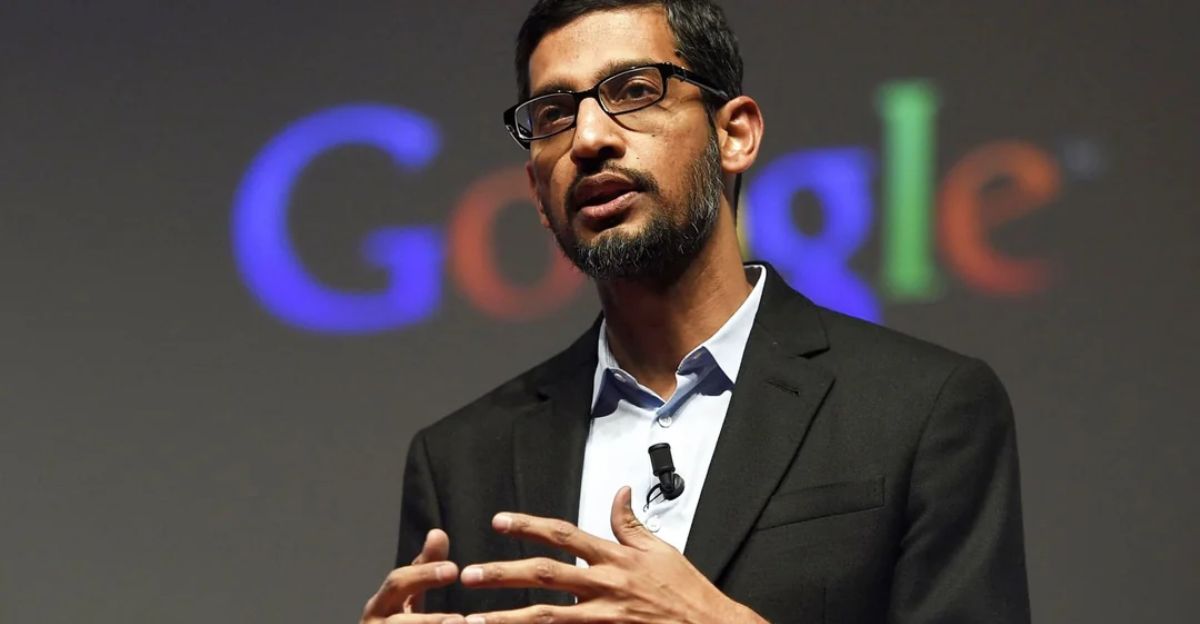
Surprisingly, not all tech leaders concur. Alphabet CEO Sundar Pichai has been more upbeat. Google’s strategy? When AI assumes a job, the human gets promoted, not let go.
It’s an optimistic vision—one in which technology frees up human potential instead of displacing it. But skeptics say few top-tier companies can afford to make that transition.
Is This Just the New Industrial Revolution?
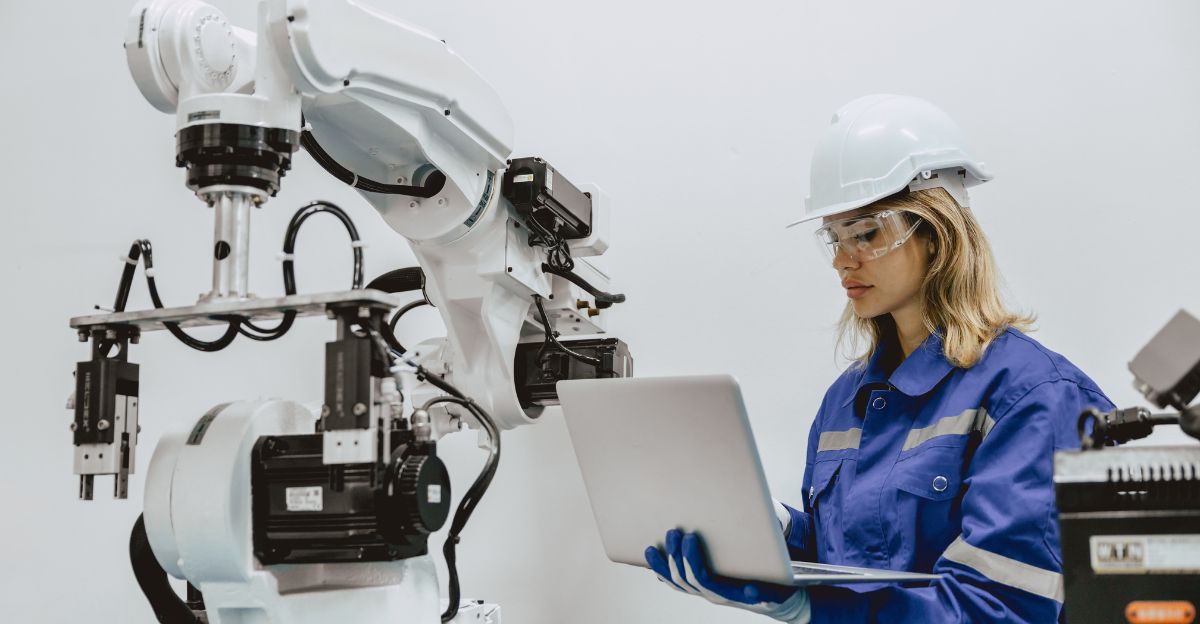
History has taught us that every significant technological advance replaces jobs—but also adds new ones. The steam engine, the internet, smartphones—each caused upheaval then expansion.
So is this AI wave just another step in our technological evolution? Or is it different this time? The pace, scope, and intelligence of AI render this revolution more of a sprint than an evolutionary step.
The Hidden Risk of “Too Fast”
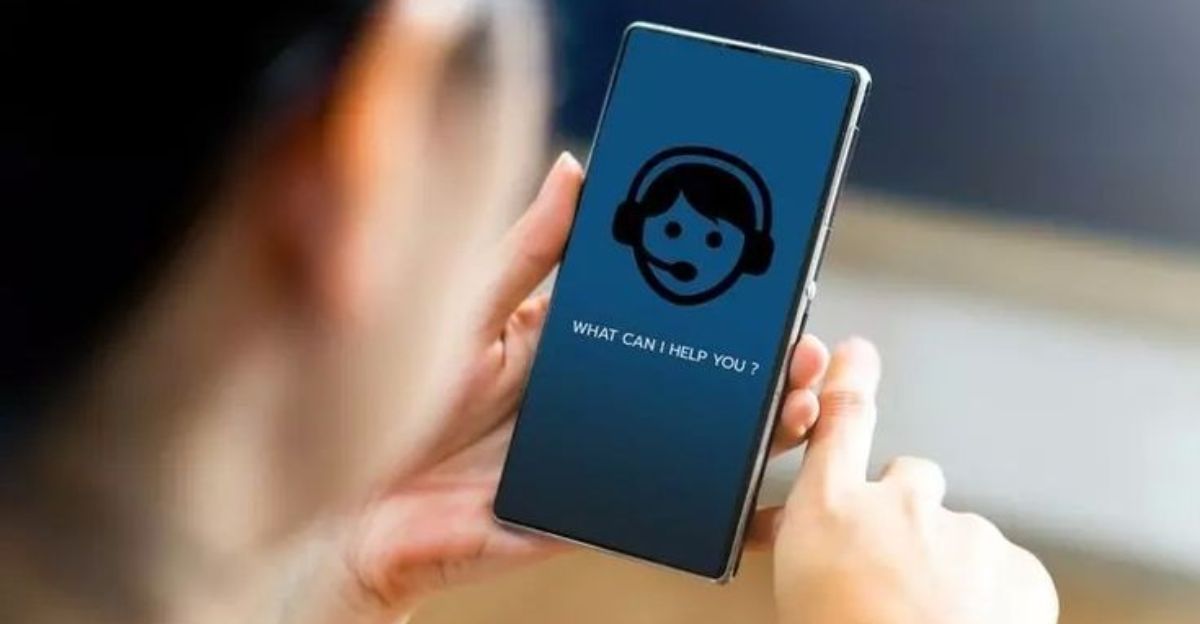
AI is being adopted at a breakneck speed—too quickly, some would say, for society to keep pace. Job retraining programs, safety nets, and job creation simply aren’t keeping pace.
That gap between innovation and infrastructure might be where the real danger lies. Siemiatkowski isn’t anti-AI. He’s saying we might be going faster than the system—or the humans—can tolerate.
Can We Slow Down Without Falling Behind?
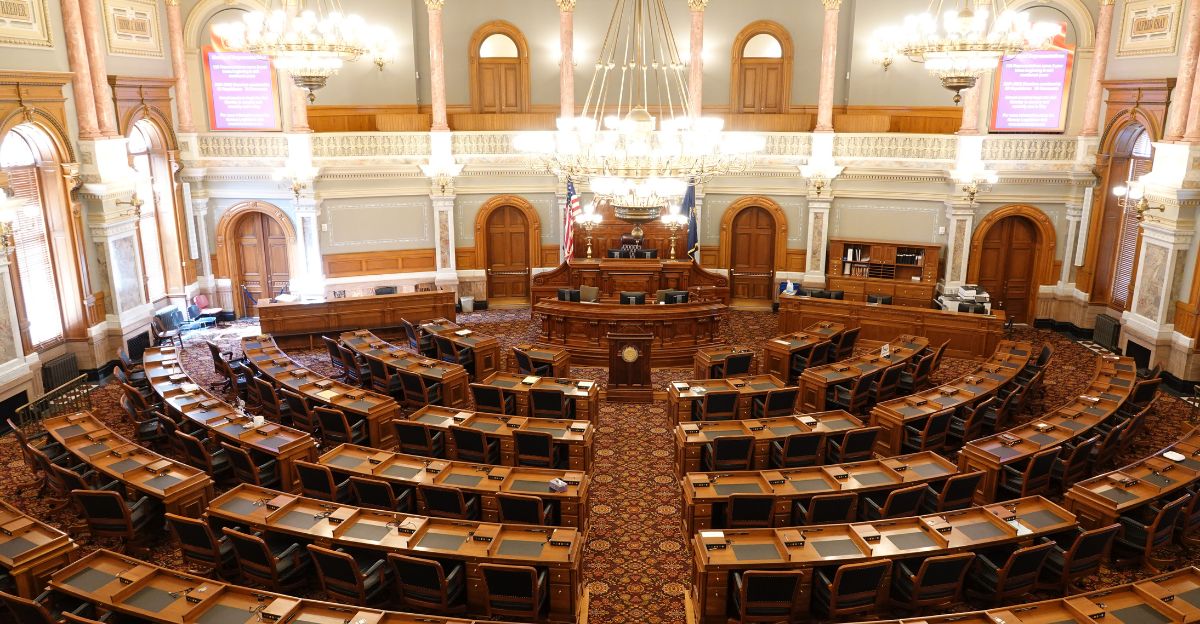
The actual question isn’t if AI is on its way—it’s how we handle it. Can businesses implement AI responsibly? Can lawmakers create safeguards quickly enough?
Can employees learn new skills before jobs are gone? There’s no single answer, but not paying attention to the danger might be much riskier than confronting it directly. Particularly when even those in the industry are anxious.
Final Thought: Warning or Wake-Up Call?
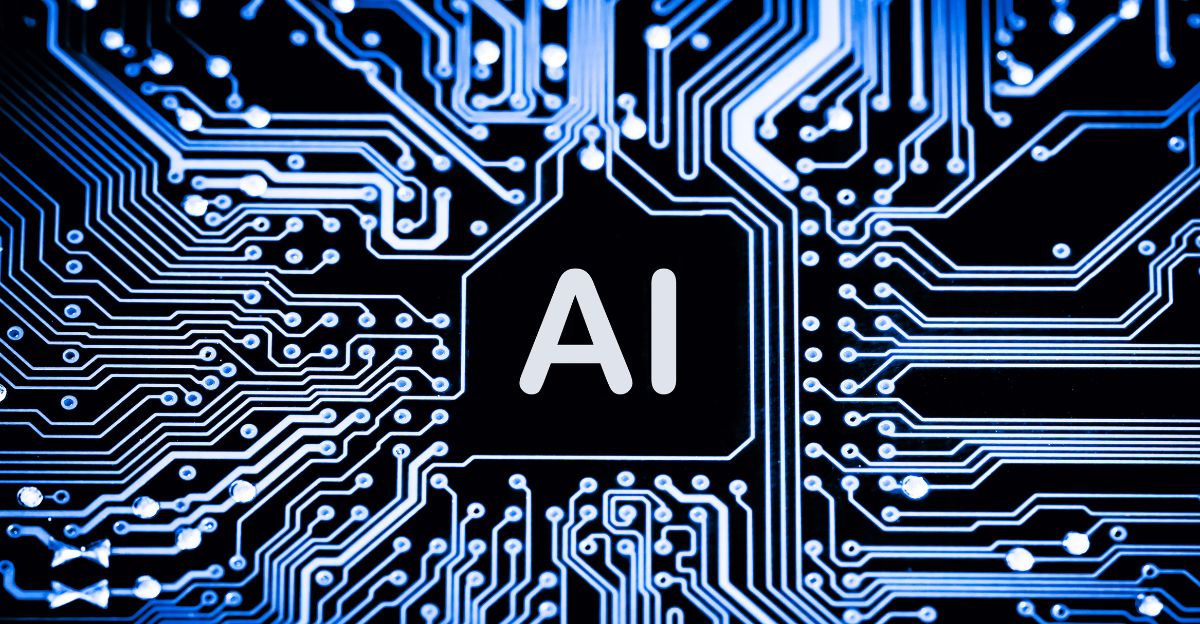
Sebastian Siemiatkowski’s forecast might or might not materialize. But it’s a sobering reminder that technology, as thrilling as it is, has very tangible repercussions.
AI might lead to new ages of innovation—or it might spark the next great recession. Whether we use his words as a call to action or a warning could define the future of work—and the economy—for decades to come.
Discover more trending stories and Follow us to keep inspiration flowing to your feed!

Craving more home and lifestyle inspiration? Hit Follow to keep the creativity flowing, and let us know your thoughts in the comments below!
